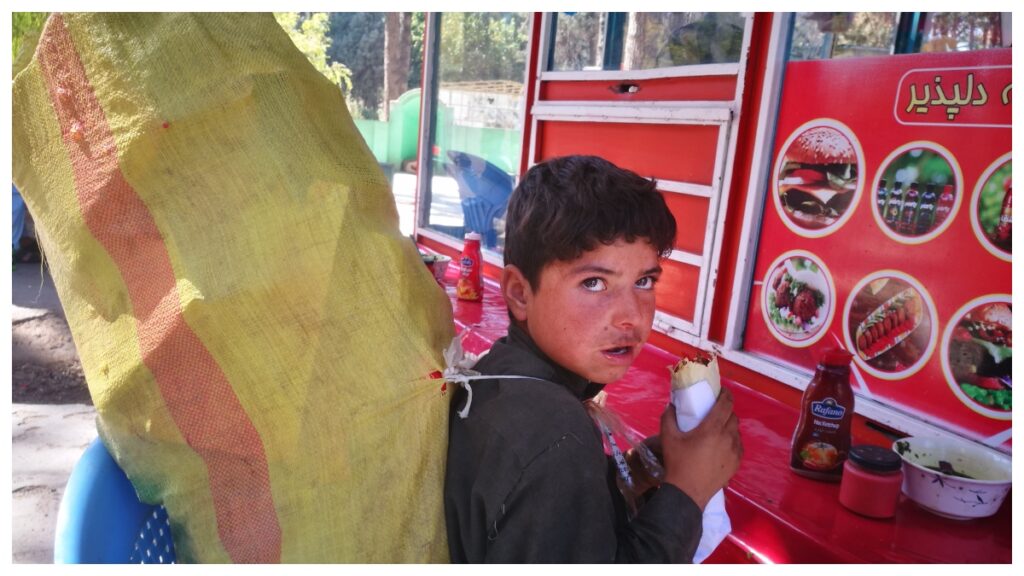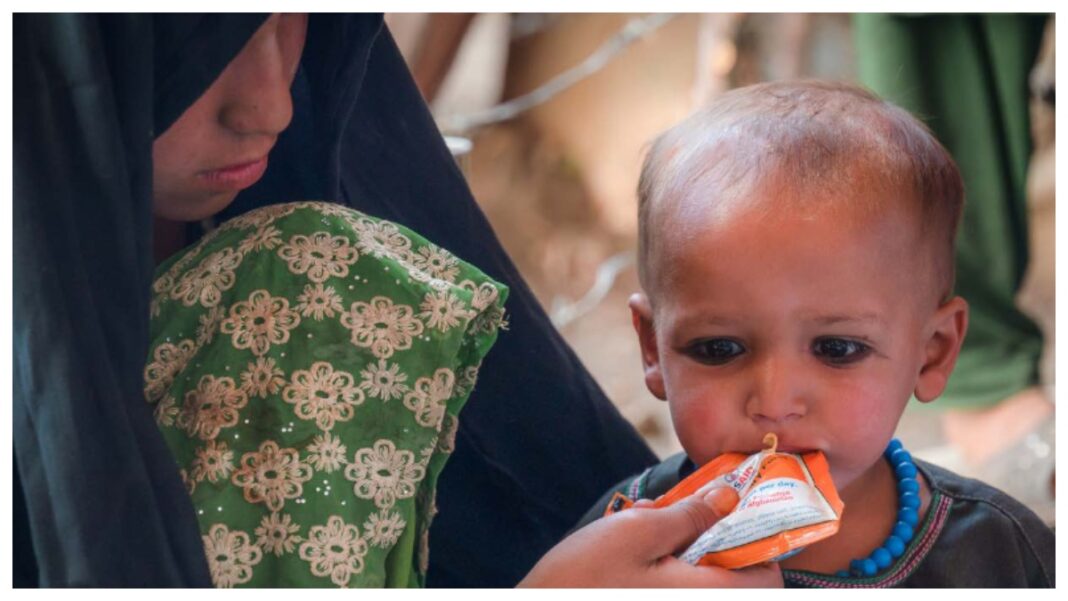AFGHANISTAN. Herat: In the past five years, the food security situation in Afghanistan has steadily deteriorated. The proportion of people or emergency levels of food insecurity has increased by five-fold. “Over the past five years, the percentage of food-insecure people has risen from 37 percent increase (September 2015) to 76 percent (November 2020)”, the UN Office for the Coordination of Humanitarian Affairs (OCHA) said in a new report.
Read Also: President Trump And EU Envoy Faces Criticism For Making Remarks On Afghanistan Elections
The 2020 Seasonal Food Security Assessment (SFSA) has reported that with the outbreak of COVID-19, food insecurity levels up around the country.
The data compiled by ACAPS (Assessment Capacities Project) shows that among 11.15 million people, nearly 40% of the total population is currently estimated to be in crisis. Along with this, around 13.1 million people are projected to face higher levels of food insecurity between November 2020 and March 2021, a six percent increase from current figures.
One-third of Afghans face food insecurity
Another report by (SIGAR) Special Inspector General for Afghanistan Reconstruction shows the surge of food insecurity in the country. The report says that “Corruption is the most insidious threat the Afghan government forces because it saps the support of citizens who are trying to go about their daily work, feed their families, and live free of fear and intimidation.”
Around 11.3 million people—or more than one-third of all Afghans— stood to face acute food insecurity between Nov 2019 and March 2020, SIGAR said. The report shows that the active conflict between the Afghan national security forces and the Taliban is still triggering the access of displaced people to livelihood opportunities and humanitarian aids.
Unfortunately, Afghanistan has been affected by insecurity and economic crisis for a long time due to the decades of conflicts. The economic and social conditions created by COVID-19 have also exacerbated protection risks for vulnerable families affected by the conflict.

COVID-19 and food insecurity
Afghanistan government launched the biggest food plan (national meal plan or Dastarkhan-e-Milli) for vulnerable families around the country this year.
As Herat, the Afghan city on the border with Iran recorded the first case of COVID-19 in February 2020, the daily wage opportunities reduced making it harder for people to buy food.
Talking about this Sediqi Sediqqi, the spokesman for the Afghan President, tweeted, “The Afghan government aims to cover 90% of the Afghanistan population with the plan to fight the economical threats as the second wave of Coronavirus threatens people.”
Displaced families
The COVID-19 triggered a record number of voluntary Afghan migrants (who were mostly workers) to return to Afghanistan. 2020 was the largest return year on record for undocumented Afghan migrants who were working in Iran.
Approximately 4.1 million people have been displaced since 2012 from their village of origin. The largest of these figures belong to the areas where conflict is most active.
Moreover, a high number of returnees from neighboring countries of Afghanistan primarily Pakistan and Iran, have added to the existing pressure on the local and international response.
Since January 2020, over 640,000 Afghans have returned from Iran and Pakistan. As the COVID-19 outbreak worsened in Iran, Afghan migrant workers flooded to Herat and traveled to their home destinations around the country. Due to this, the level of food insecurity had increased a lot.
The displaced families are now living in substandard shelters in urban and rural settlements, according to ACAPS. Last week, five children of the displaced families fell ill after eating leaves of trees in Herat province.
With the new wave of COVID-19 pandemic threatening the people in Afghanistan, it is not clear how food security will be inspected by 2021.




Comments are closed.